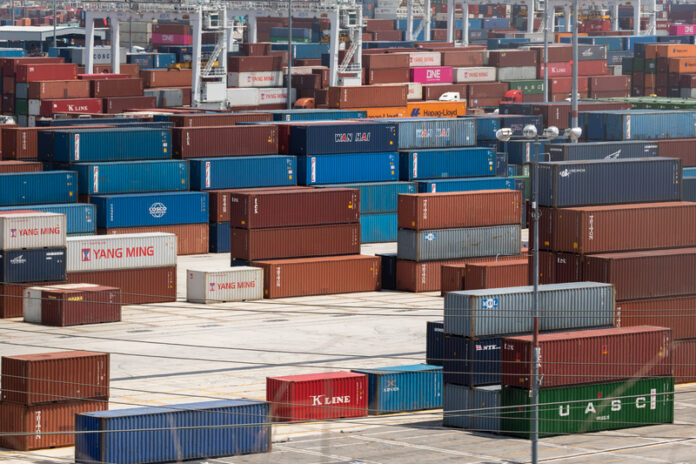
Recently, President Donald Trump imposed 10% tariffs on all Chinese products. Although the initial announcement also included other countries, such as Mexico and Canada, there was a pause on tariffs being imposed on all countries except China. Unfortunately, the consequences of these tariffs on international trade could be significant.
While the intention behind these tariffs is to encourage the US economy by stimulating domestic manufacturing, the truth is that these measures could have the exact opposite effect. Why? China simply has some of the best manufacturing infrastructure in the world.
“Over decades, China has developed a booming, sophisticated manufacturing ecosystem that supports virtually every product sector,” explains Laura Dow, Business Director at China Performance Group, dba CPG Sourcing or CPG, a leading supply chain management support company. “This is a capability that has been unmatched by other markets.”
Overcoming Tariffs
Because of this, among other reasons, simply leaving China is not a viable option for many businesses’ supply chains. For one, moving production to the United States could incur higher costs when importing the same products could be more cost-effective. That’s not to mention the risk of resource diversion — shifting valuable labor and resources away from industries in the US that need this greater specialization.
Moving to other countries with lower tariffs (for example, countries in Southeast Asia), on the other hand, runs the risk of moving to a country with inferior infrastructure and experience. In many circumstances, neither of these are viable options in the long term.
So, what does this mean for businesses? Do they simply have to eat the costs of the increased tariffs? Not exactly. There are ways that companies can make the most of the situation and leverage their position to negotiate a more favorable outcome.
Indeed, these tariffs certainly present a challenge for businesses that source their supply chain through China, but they also present a unique opportunity: Businesses that can adapt and innovate will come out prosperous on the other side, stronger than businesses that are dealing with the same problems. Teams with experience handling supply chain challenges such as this can help businesses better understand their options to overcome the challenges posed by these tariffs.
Creating a More Favorable Outcome for Your Business
According to Dow, there has never been a better time than now to negotiate better costs. “Because of the deflationary pressure that the Chinese economy has faced over the past year, many suppliers in China are increasingly open to renegotiating terms,” explains Dow. “Use this opportunity to secure bulk discounts, optimize payment schedules, or reduce overall costs. This could allow China pricing to remain advantageous, even in the face of increased tariffs.”
Still, Dow also advises that there are other steps a company can take to minimize its risks in the face of the changing landscape of tariffs. For one, even though exiting China entirely is likely not advisable, it might be worth pursuing diversification. “Keep your sourcing program in China while exploring opportunities in other regions,” she says. “This will ensure you are not caught being a ‘captive buyer.’ A buyer with multiple options makes suppliers work hard for their business.”
However, Dow reminds business leaders that diversification is only one of the many ways that businesses can build resilience in the face of economic uncertainty, such as increasing tariffs. While not entirely foolproof, these steps can help mitigate risks so that businesses are not left exposed.
Many businesses in the import/export industry are wondering what the impacts of these tariffs could mean for them. While these tariffs could shake up the industry in many ways, they also present a unique opportunity that businesses can take advantage of by renegotiating agreements, diversifying their supply chains, and building contingency plans.












































